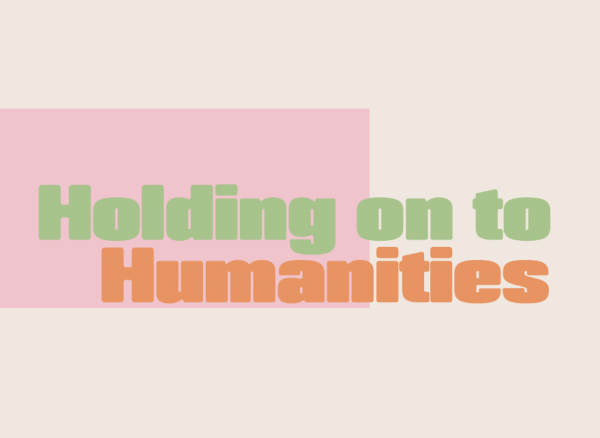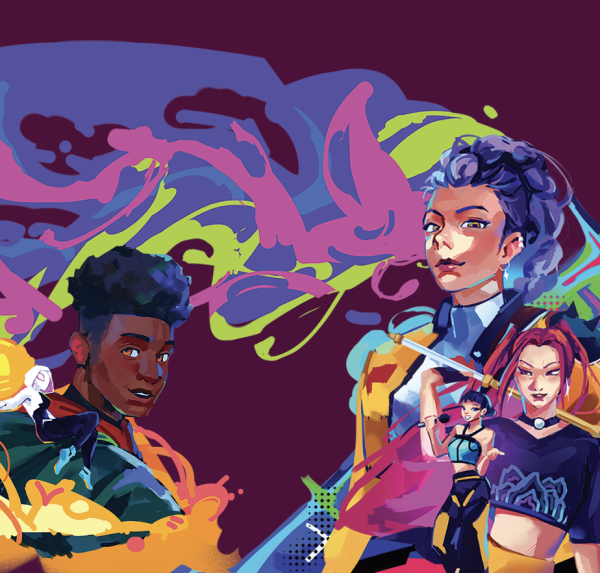A Bridge Between Worlds
A look into the past, present and future of psychedelic culture and research in the Bay Area

Walking down the steep, winding streets of downtown San Francisco, the city blocks bring a unique sense of character, each reminiscent of a time period significant to the city’s history.
The kitschy, colorful Victorian “painted ladies” on the corner of Steiner and Hayes street are remnants of the 1960s gold rush. The gothic Haas-Lilienthal House on Franklin Street represents the distinct agriculture of Queen Anne’s reign and the city’s resilience, withstanding the 1906 San Francisco earthquake and subsequent fire.
Turning onto yet another historic block, apartment buildings become rainbow-colored, and psychedelic rock posters for the Grateful Dead and Pink Floyd stick onto store windows. Thrift stores with fashion from the 1920s flapper era to the neon patterns of the 80s are found on the corners of every street.
This is the corner of Haight and Ashbury.
Palo Altans who visit this area of San Francisco experience the feeling of walking into a time capsule. Untouched by the modern tech jungle of Silicon Valley, Haight-Ashbury remains characterized by the lasting impacts of the 1960s hippie social movement, known as the ‘Summer of Love.
Sunshine Powers is the current owner of one of the last artisan stores from the 1960s left on Haight Street: Love on Haight. The store still specializes in psychedelic rock posters and tie-dye apparel. Powers describes it as a remnant of Haight-Ashbury’s rich history of love and art.
“Love on Haight is the part of San Francisco that I want to share with people, whether that’s the rainbow psychedelic part, the love part, waving to people or making people feel welcome…and being able to be who you want to be,” Powers said.
From a lifetime of living in Haight-Ashbury and a decade of working at Love on Haight, Powers has a unique perspective on what the psychedelic art movement is and what it means.
“For me, the idea of the psychedelic movement is to create color and to be aware of not just [what’s in front of us], but to really be aware of…everything that’s going on,” Powers said.“I think that we don’t actually know any of that—it is all a mystery.”
A principal effect of psychedelic drugs is an openness of mind, which allows artists to experiment.
“Those artists might say psychedelics helped them see beyond rules that had governed how art students and artists had been taught to look at art,” Haight Street Art Center curator Nicholas Meriwether said. “And art is always about breaking borders and breaking rules.”
Seeing things differently influences more than just the art style. Counterculture movements, social and political movements that go against dominant opinions of society, have historically had ties to many different progressive social movements such as the New Left Movement and LGBTQ+ rights.
“Psychedelics’ abilities to help people see beyond conventional rules and frames of reference made it perhaps a little easier to imagine a world in which racism and sexism and homophobia were less a part of how we deal with each other,” Meriwether said.
The culture of Haight Street has historically included progressive ideologies and movements, and residents have confidence it will continue to do so in the future.
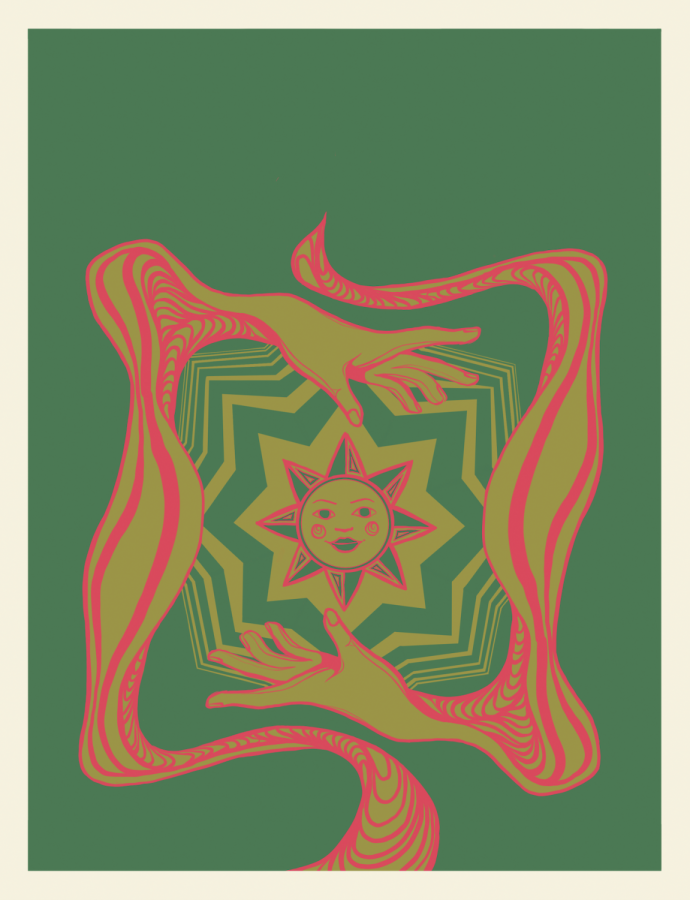
“You look at the gay rights [movement], the civil rights [movement]; all that came from that time period or around that time period, and unfortunately, we’re facing a lot of the same issues today,” Powers said. “But I think it’s hitting different parts of the country. I always say that ‘Haight is the embryo of change.’ And what we are doing here is what’s going to happen in other parts of the country 50 years from now.”
Powers’ store is an example of the progressive change built into Haight Street culture, as they are involved in many social causes in their community.
“We’ve helped get over 400 homeless youth off of the street, and we have just announced the launch of our women’s prisoner reentry tie-dye program [where] we’re gonna take two to three women a year who are coming out of prison and teach them how to tie-dye and teach them the business of it,” Powers said.
Despite the appearance of a cultural chasm between the tech-filled Bay Area and the psychedelic art culture in San Francisco, the two are more closely connected than one might expect.
There is an ongoing effort to find a middle ground between completely disparaging the use of psychedelics and overpromoting them. Some of the work being done to find the answer to this question is being conducted right here in Palo Alto.
Ph.D. student and member of Palo Alto University’s Graduate Student Association for Psychedelic Studies, Rachel Barry, has concerns about the resurgence of psychedelic sensationalism. This is when issues are presented in a certain way with the intent of catching people’s attention, like that which arose during the original psychedelic movement in the 1960s and ‘70s.
Barry believes that feelings of psychedelic exceptionalism, when something is treated as if it has no flaws, spread by people who deeply supported the use of these substances, had the adverse effect of increasing the concerns of those who didn’t support psychedelics.
“People worry that [researchers] are only focused on the good aspects of [psychedelics], and are very worried about these things being stigmatized or seen in a negative light because they already are,” Barry said.
Recently, there has been a re-emergence in the study of psychedelics. Researchers have been making up for lost time and learning more about psychedelics after decades of dry periods in research, when the use of these drugs were vastly stigmatized.
According to Barry, through research, it’s becoming increasingly apparent that psychedelics have potential in the medical field, aiding individuals with conditions including PTSD, end-of-life anxiety, depression and addiction.
“I definitely think that within the next couple years, we will see it as a treatment option,” Barry said.
At the same time, Barry also acknowledges that currently, a lot is left unknown about the consequences of taking psychedelics. Depending on the situation, there are a variety of problems that could arise, ranging from substance abuse to psychosis.
“There still is concern about consequences for different vulnerable populations,” Barry said. “We’re not quite sure exactly who could take a substance and it could trigger a psychotic episode, things like that.”
For now, it’s clear that more information is needed in order to form a complete view of psychedelics and understand the full weight of the effects they can have on people.
“They have their place and they can be beneficial,” Barry said. “At the same time, it is important to not fall into psychedelic exceptionalism.”
However, within the current climate of the ongoing War on Drugs, researchers who aim to learn more about psychedelics have faced incessant challenges at every turn and are finding it difficult to develop a more in-depth understanding of these elusive substances.
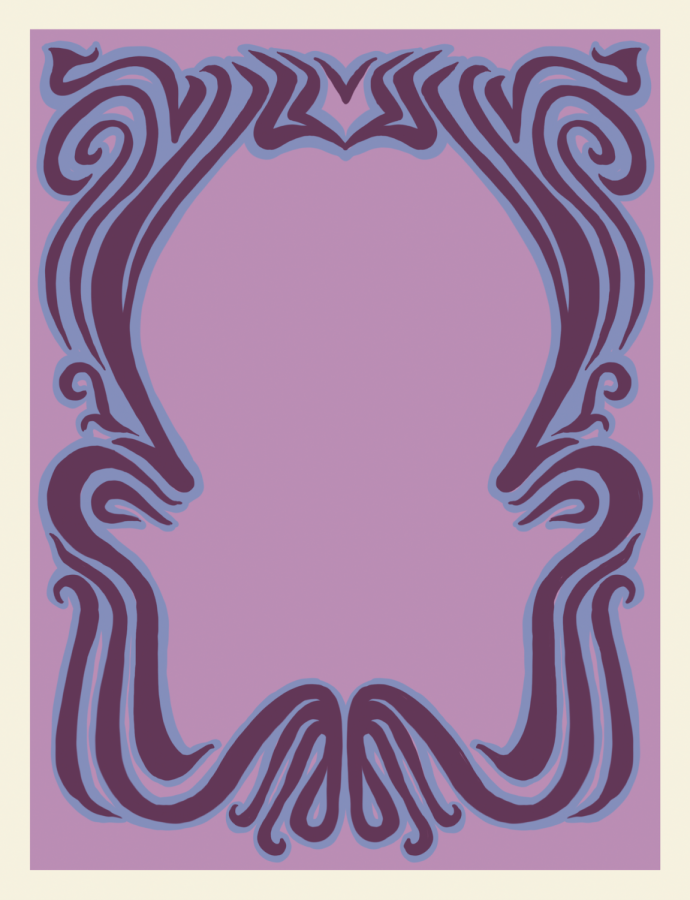
“I do worry that if we legalize everything before adequate research is done and information about harm reduction is not available, we could see problems arise that will take us right back down the route of criminalization,” Barry said. “But unfortunately, it’s difficult to get that research out there and get stuff done while it has this criminal status.”
When the War on Drugs began in the United States in the 1970s, fear was incited into people on the basis of how little was known about the effects of altering one’s consciousness through the use of illegal substances.
Wes Hale, Senior Training Program Manager at the San Jose-based Multidisciplinary Association for Psychedelic Studies (MAPS), believes that society is changing and adapting, allowing for advances in the field of psychedelic studies.
“We’re entering into what some people call a renaissance, being able to research these substances after a dark age of prohibition,” Hale said.
As this era progresses, Hale, among others, is working to explore each and every avenue in which psychedelics might prove to be advantageous for use in medicine in order to better understand how psychedelics should fit into our society.
“We’re starting to see the value [of psychedelics], and that’s one thing that science can really help do, is to help illuminate…the potential value of substances so that decisions can be made based on facts and data,” Hale said.
The use of psychedelics in the context of creativity led to them having a strong association with the artistic movement taking place at the same time during the Summer of Love.
“It seems like there’s this progression of creativity, free-thinking, abstractism…that [seemed] to manifest along the same time that psychedelics [did],” Hale said.
Just as the usage of psychedelics in late 1960s Haight Ashbury was a large part of its culture, there was also a progression in treatment of substance addiction. Powers cites Dr. David E. Smith as a hero in the field of drug addiction during this time period.
“[Smith] is the founder of the Haight Street Free Clinic, the leading researcher on addiction and created most of the methadone programs that are around today,” Powers said. “When I think of the Summer of Love, Dr. Davis is someone who inspires me and his work in the community with addiction and trying to solve this problem.”
Powers feels that with education on the history of Haight Street, younger people will be able to experience the feelings of the culture without a dependency on drugs.
“If we can naturally give people that psychedelic high of an ethereal enlightenment, that would be [amazing],” Powers said. “If people could naturally just feel that way, it would be great, and I just think that history has that ability.”
Psychedelics are a complex substance that are yet to be fully understood. So, as their role in today’s world is made sense of, it’s important to remember their past. The social, political and scientific changes they have made—and may continue to make in the future—have had a considerable impact on the San Francisco Bay Area and beyond.
Powers has no doubts that the psychedelic movement, with all that it was and all that it became, was meant to be born in San Francisco.
“I have been to many cities around the world, and there is nothing like San Francisco,” Powers said. “There is this magic that you can tune into and this beat that just pulses on its own.”
Print Issue
Please click on the three vertical dots on the top right-hand corner, then select “Two page view.”
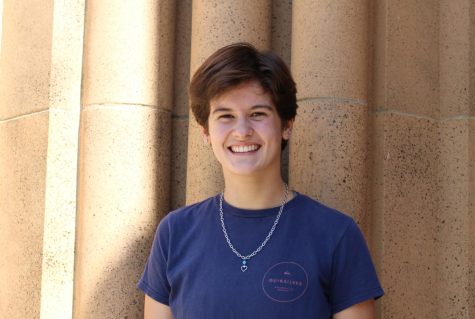
2021-2022 - Staff Writer
2022-2023 - Editor-In-Chief
I joined C mag because I saw it as a really cool way to learn more about the Paly community,...

2020-2021 - Staff Writer
2021-2022 - Social Media Manager
2022-2023 - Multimedia Director
I joined C Mag because I wanted to explore how art can...

2021-2022 - Staff Writer
2022-2023 - Editor-In-Chief
I joined C Mag because I like the magazine's focus on design and feature stories. My favorite...







